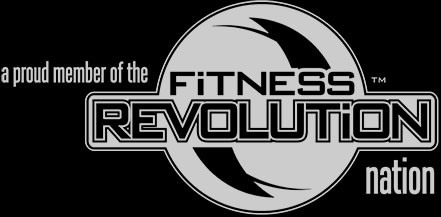By Brian Macdonald
This is part 2 of my supplement series which will cover my post-workout supplementation. This implies what I take immediately following my workout. Any one who has the least bit of knowledge regarding exercise, and our body’s physiological response, understands that results rely heavily on the effort we put into recovery. A well balanced diet is obviously the critical aspect of recovery, or in other words, how well we fuel our body. There are times where it is extremely difficult, and expensive, to achieve all our body’s needs through diet alone. Someone who may be training more frequently and intense than average may require supplementation to achieve all the body’s nutritional needs. I will use myself as an example: I am very active on a daily basis simply as a product of my position as a coach, but I am also training for a physique competition. With my goal of adding some additional lean muscle mass, as well as keep up with my caloric expenditure throughout the day, I have to take in upwards of 3,500 calories a day, and as high as 400 grams of carbohydrates. There are days where I am practically force feeding myself in an attempt to reach these needs. That is where supplementation comes into play. It helps me achieve these nutritional needs while also taking away the pain of stuffing myself. So lets dig into these supplements.
My post-workout regimen consists of a protein blend (See Neil’s description of Beverly UMP in our previous blog regarding supplementation), along with a two part post workout regimen by JYM and Jim Stoppani which utilizes a combination of key ingredients to aid in recovery. The Post Jym Matrix, as previously stated, utilizes a scientifically-backed ingredient line-up proven to aid in recovery. Many of these ingredients are identical to that of Pre JYM which I covered, in detail, in our part one of this series. Those ingredients are BCAA’s, creatine HCL, beta-alanine, betaine, and taurine. All of which are effective when taken before and after a workout session to achieve desired strength, power, and muscular results. The difference in Post Jym are the glutamine and L-Carnitine L-Tartrate. It contains three grams of glutamine which is an amino acid in our body that aids in muscular recovery and growth. There are countless scientific studies suggesting glutamine speeds up the recovery process. Research also suggests it optimizes our immune system function which is an obvious plus. Many people do not understand working out is in fact breaking down our body, part of which can include our immune system, so it is through the recovery process that we achieve our gains. The other ingredient, L-Carnitine L-Tartrate, is considered to aid in the recovery process due to it’s ability to increase Nitric Oxide. This increases blood flow therefore increasing the amount of nutrients and oxygen to our muscles.
The last post workout supplement I use is the Post JYM fast digesting carb (dextrose). During a workout, our main fuel source is muscle glycogen, and research suggests the best way to replenish our glycogen stores is by ingesting high glycemic carbohydrates immediately following your training. Dextrose is a great source simply because it is immediately absorbed into the bloodstream and utilized in replenishing those glycogen stores. If you want some additional information regarding post workout carb intake, take a look at this article by Jim Stoppani. as it goes into quite a bit more detail on glycogen, insulin, sources, etc.
Lastly, I just want to reiterate the importance of recovery in training. So many people think the more you can train in a day, the better your results. Any one who has done an ounce of research on the topic knows this could not be further from the truth. If you do train multiple times a day, you have to make sure you are devoting as much energy towards fueling your body and recovery. Also, we can talk as much as we want about supplements and how we should eat, but everyone forgets the magical answer to recovery…..SLEEP! This has to be a top priority when talking about recovery. Here is a sleep recommendation chart from the National Sleep Foundation to give you a good idea of where you should be at based on your age group.
STAY ACTIVE!

